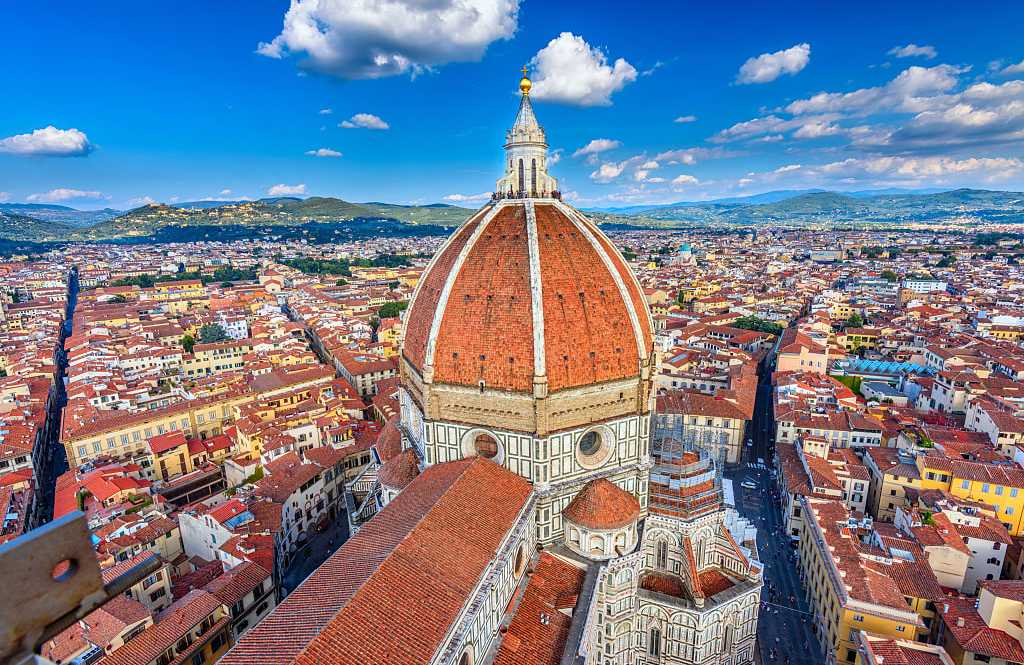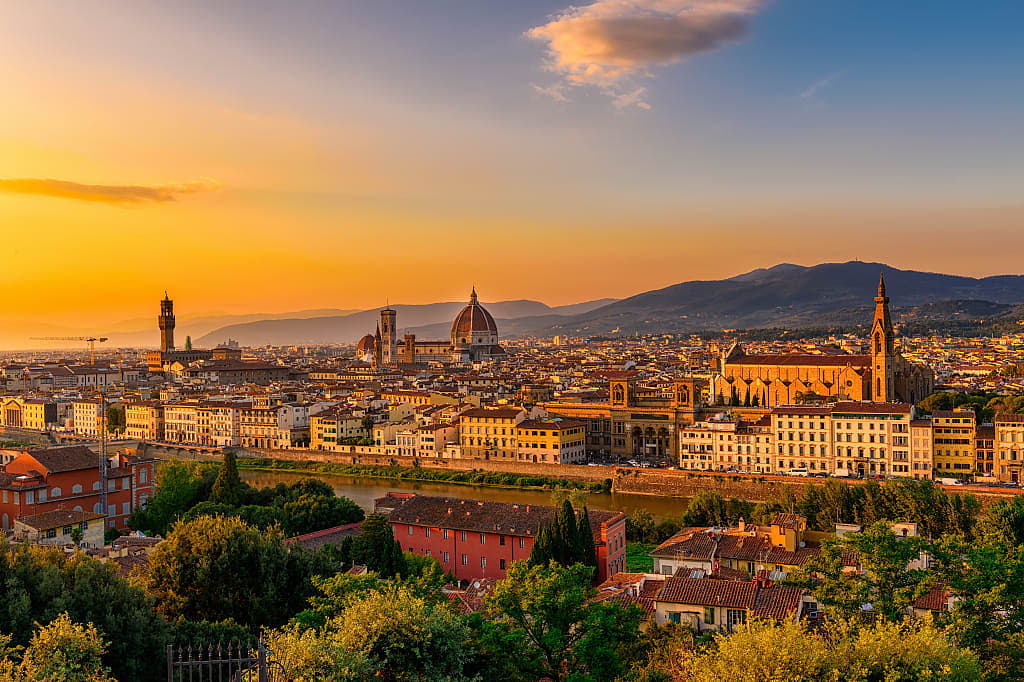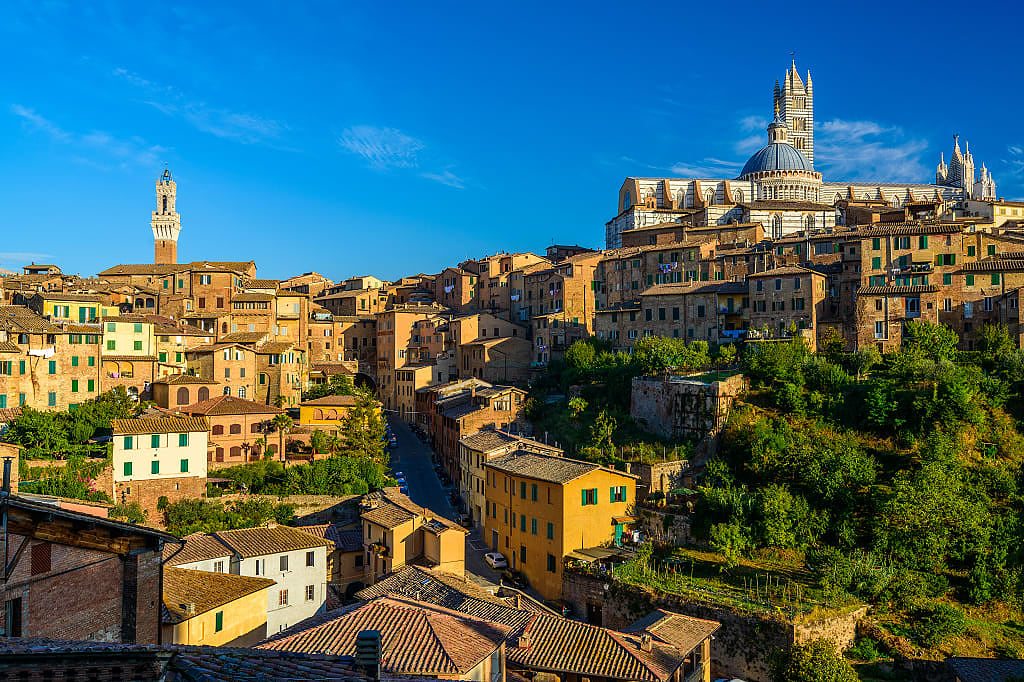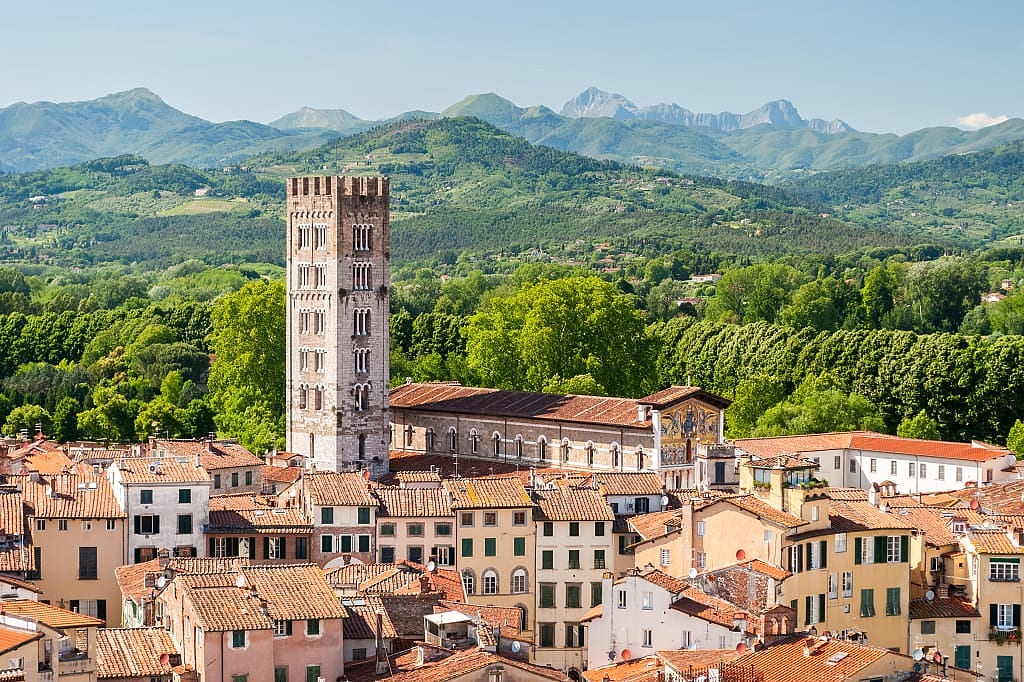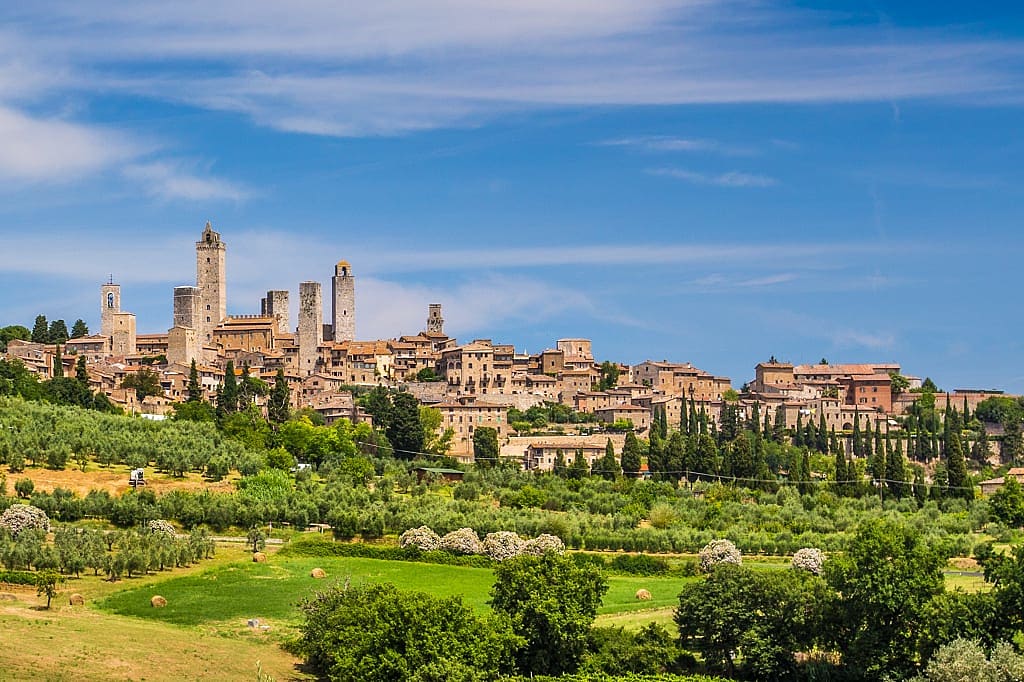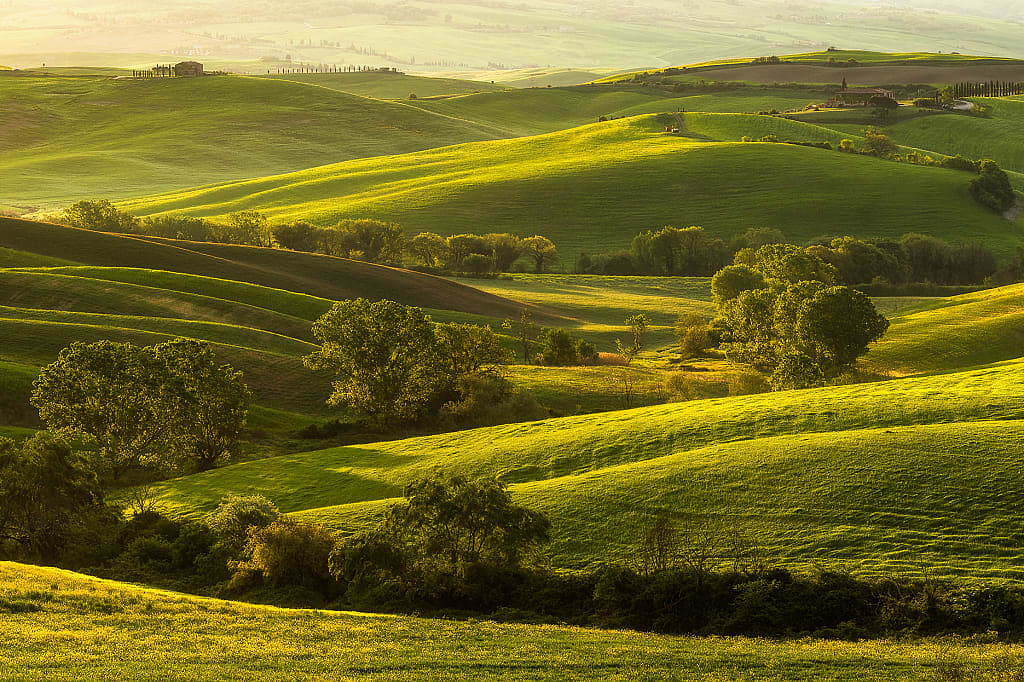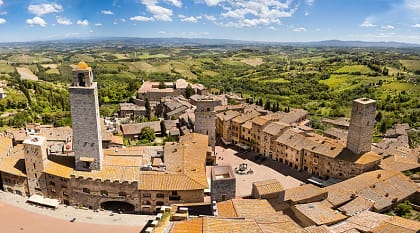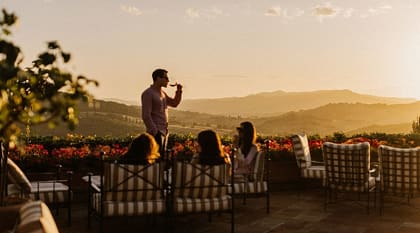In Tuscany's gastronomic capital, Renaissance artistry meets culinary mastery in a city that transformed humble peasant ingredients into sophisticated cuisine that defined Italian cooking worldwide. Remarkable Florence serves as the birthplace of modern Italian gastronomy, where Medici patronage elevated rustic Tuscan ingredients into an art form that continues to inspire chefs worldwide. Florence's unique position as a Renaissance cultural center allowed its cuisine to absorb influences from across Europe while maintaining its authentic Tuscan soul.
A Journey Through HistoryFlorence's culinary evolution spans over eight centuries, from medieval guild traditions to Renaissance court cuisine that established the foundations of modern Italian gastronomy.
- Etruscan settlements first cultivated the olive groves and vineyards that remain central to Florentine cuisine, establishing agricultural practices that continue unchanged today
- Medieval guild systems, particularly those involving spice merchants and butchers, created quality standards and cooking techniques that defined the city's culinary character
- Renaissance Medici patronage transformed humble peasant dishes like panzanella into sophisticated court cuisine, elevating simple ingredients through refined preparation methods that became hallmarks of Tuscan cooking
- The development of the Mercato Centrale in 1874 centralized the city's food culture, creating a gathering place where traditional recipes were preserved and shared across generations
- Modern Florence continues this tradition through family-run trattorias and artisanal producers who maintain centuries-old recipes while embracing contemporary culinary innovation
On Zicasso’s Perfectly Relaxing Tour of Venice and Florence: Wine, Beauty, and Indulgence, experience Florence's culinary soul through sensory encounters that reveal the city's deep connection between food, culture, and daily life in the Renaissance birthplace.
- Feel the warmth of ancient brick ovens in traditional bakeries where bread is still made using medieval techniques, filling narrow streets with aromas that have remained unchanged for centuries
- Taste newly pressed olive oil from hillside groves that have supplied Florentine tables since Roman times, each variety reflecting the unique terroir of its microclimate
- Hear the chopping of fresh herbs in family kitchens and the sizzle of Florentine steak over wood-fired grills in centuries-old restaurants where recipes pass from generation to generation
- Watch skilled butchers at Sant'Ambrogio Market prepare lampredotto using techniques perfected during the Renaissance, transforming humble ingredients like offal, tomato, celery, and parsley into beloved street food
- Experience the ritual of aperitivo in wine bars, where Chianti Classico flows alongside artisanal salumi, creating moments of pure Tuscan pleasure that capture la dolce vita
Discover Florence's most authentic culinary experiences in locations that showcase the city's gastronomic heritage and contemporary excellence.
- Mercato Centrale: Explore this 19th-century iron and glass market, where traditional vendors sell everything from fresh truffles to artisanal cheeses, offering tastings and cooking demonstrations
- Oltrarno Artisan Quarter: Visit family-run workshops where traditional crafts meet culinary arts, from hand-forged kitchen tools to artisanal chocolate makers continuing medieval traditions
- Santo Spirito Neighborhood: Dine in authentic trattorias frequented by locals, where traditional recipes are prepared exactly as they were centuries ago using seasonal ingredients from surrounding farms
- Cooking Schools in Historic Palazzi: Learn traditional techniques in Renaissance palaces, where professional chefs teach the secrets of Florentine cuisine using family recipes passed down through generations
- Seasonal Food Festivals: Participate in celebrations like the Festa dell'Olio Nuovo, where new olive oil is blessed and tasted, connecting you to agricultural traditions that define Tuscan culture
Florence's signature dishes represent centuries of culinary evolution, each telling the story of the city's unique relationship with its agricultural heritage and artistic traditions.
- Panzanella: This beloved summer salad, which you can find out more about in our Five Dishes to Try on Your Trip to Tuscany, transforms day-old Tuscan bread into a refreshing masterpiece with ripe tomatoes, red onions, basil, and the finest extra-virgin olive oil, embodying the Tuscan principle of using every ingredient to its fullest potential
- Pappardelle with Wild Boar: Wide ribbon pasta paired with slow-braised cinghiale creates an aristocratic dish that originated in Medici hunting lodges, where game from the Tuscan hills was prepared using techniques that elevated rustic ingredients into refined cuisine
- Bistecca alla Fiorentina: This iconic T-bone steak from Chianina cattle represents the pinnacle of Tuscan simplicity, grilled over chestnut wood and seasoned only with salt, pepper, and olive oil to showcase the exceptional quality of local beef
- Lampredotto: Florence's beloved street food consists of slow-cooked beef stomach served in a crusty roll with salsa verde, demonstrating how Renaissance cooks transformed humble offal into a dish so cherished it has its own dedicated vendors throughout the city
- Trippa alla Fiorentina: Tender tripe braised in rich tomato sauce with herbs represents the city's mastery of nose-to-tail cooking, transforming what was once peasant necessity into a dish celebrated in the finest restaurants
- Piselli alla Fiorentina: Fresh peas braised with onions, prosciutto, and herbs showcase the Tuscan talent for creating extraordinary flavors from simple seasonal ingredients
Recommended length of stay: 3-4 days
Savor Florence's culinary masterpieces when you allow our specialists to design a bespoke gastronomic journey through the Renaissance capital's most authentic flavors. For inspiration, take a look at our Heart of Italian Cuisine Tour.
